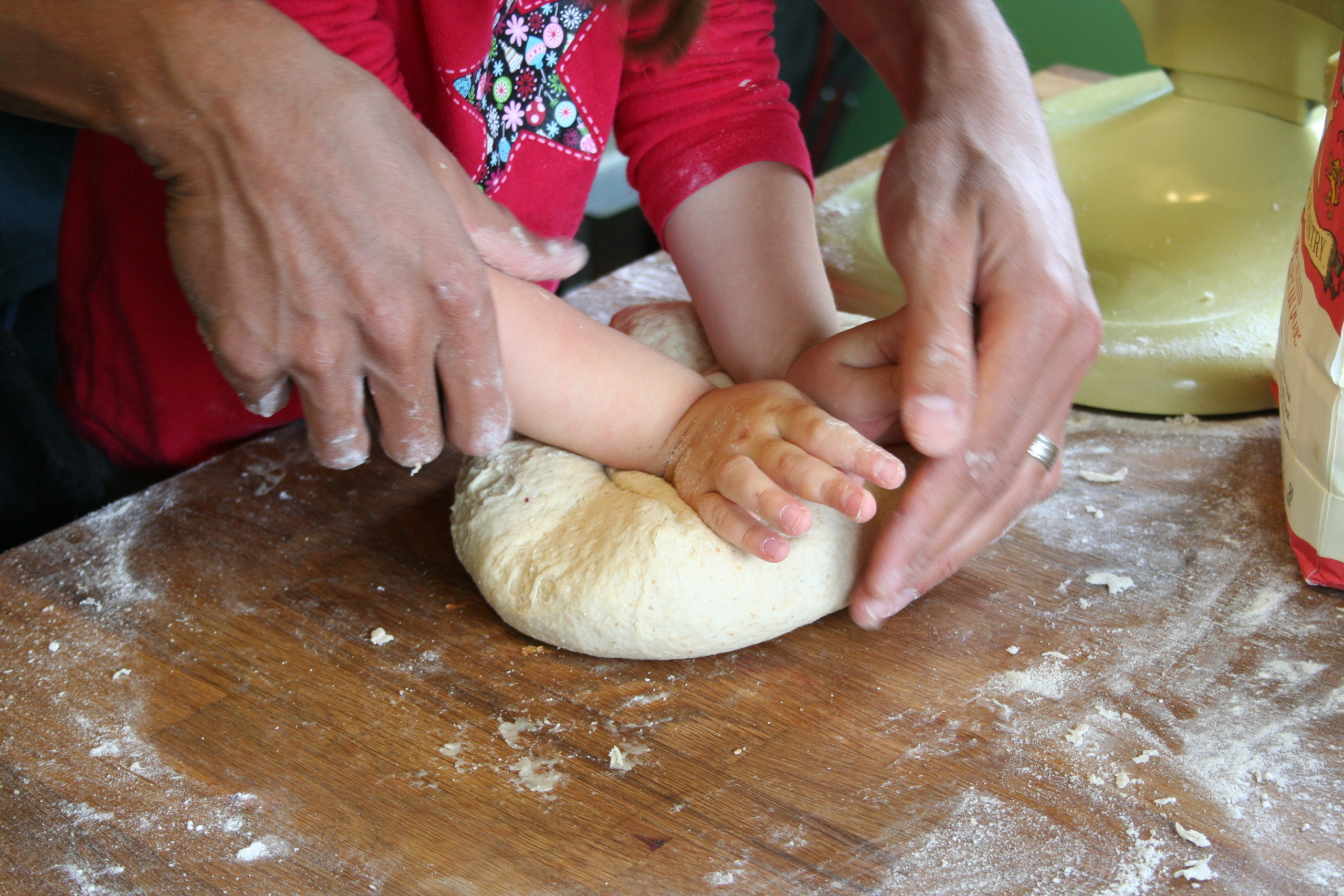“Food Impacts Health” is Standard #5. This standard is about understanding the relationship between food, nutrition, and health. For more about FES 5, click here!
This Standard Means
- Health is a state of complete physical, mental and social well-being.
- Food is integral to the support of our physical and mental health.
- The relationship between nutrition and how our bodies function in the short and long term is complex.
- We can be curious about different foods and their impact on overall health.
- Different foods contain different nutrients that affect our bodies in different ways.
- It’s important to know what it means for a food to be nutrient-dense, and be able to identify which foods are nutrient-dense.
- Varying life circumstances and needs will impact what nutrients are needed to be healthy.
- Students who demonstrate understanding can communicate the relationship between nutrition and health.
FES 5 In Action
“One important food for me is quinoa. Quinoa is a highly nutritious grain that is rich in protein, fiber, and various vitamins and minerals. It is a complete protein source, meaning it contains all nine essential amino acids that the body cannot produce on its own. Quinoa is also gluten-free, making it a suitable option for individuals with gluten intolerance or celiac disease.”
-Middle School Classroom to Cafeteria Student, 2023-24
How to Bring FES 5 to Your Students
Try these examples of real-world community experiences with your students aged K-12 to help them understand the importance of FES 5 in their daily lives!
- Arrange a visit from the school nurse or local health/medical professionals to discuss food related allergies and illnesses.
- Invite a nutritionist or dietician (in person or virtually) to speak to students about the food groups, the value of different types of food, and/or portion and serving sizes.
- Invite a doctor, nurse, physician’s assistant or other medical professional (in person or virtually) to share information about food and health specific to the developmental stage of students.
- Arrange a visit (virtually or in person) with a local professional athlete to share ways they stay healthy, develop and achieve goals related to their sport.
- Encourage a field trip (in person or virtually) to an advertising agency to learn about how food ads are developed, and their time placements on television and social media.
- Travel to a food laboratory to learn how calories and nutrients are measured.
- Have students research or test out another food lifestyle choice for a week (i.e. recipe, diet, routine, food choices) and keep track of their daily choices and routine
- Meet with representatives of the food service company that provides school lunch and interview them about why they set the menus as they do.
- Explore and engage with resources on the USDA MyPlate website.
- Research and present findings around nutrition recommendations for student athletes, and how food supports athletic performance.
- Arrange a visit with the school counselor, social worker or other community SEL (social emotional learning) professional to explore the connection between food, feelings, and mental health.
Grade Specific Competencies
- I know that food gives me energy.
- I can talk about different ways that food builds my body.
Play-Based Activities:
- Dramatic play: doctor’s office
- Sort foods by different attributes (kid-generated characteristics)
- Take a field trip/virtual visit to grocery store or farmers market
- Pretend to feed animals/babies with spoons, chopsticks, forks
- Taste bud exploration: the science of how you actually taste things (with or without sampling)
- Have children look at their tongues in hand-held mirrors
- Smell exploration with sensory play: scent jars with different extracts and spices, then record/draw descriptive words, associations or feelings
- Sort foods by color
- Bring in different examples of produce; encourage kids to make a rainbow using the different fruits and vegetables
- Bake something together as a class
Grade-Specific Competencies
- I can identify food labels and some of their parts.
- I understand why eating many different types of foods from different food groups supports my overall health.
- I can explain how food energy is measured.
Grade-Specific Competencies
- I want to know how to choose nutrient-dense foods.
- I can talk about my food choices.
- I understand serving sizes/portions, and how they relate to nutrition labels.
Grade-Specific Competencies
- I want to know about the impact of different food groups on physical and mental health over time.
- I can explain the importance of consuming a variety of foods and the impact that missing major nutrients can have on overall health.
- I can use food labels to help me evaluate the nutrient density of packaged foods.
Grade-Specific Competencies
- I can explain nutrient density and use food labels to compare the nutrient density found in a variety of foods.
- I want to know more about different types of diets (i.e keto, plant-based, allergy-based, halal) and their intended effects on physical and emotional health.
- I can talk about the costs and benefits of consuming different types of food (i.e whole foods vs. frozen/canned fruits and vegetables vs. processed foods).

